At reference or see flight planning manual sep1 figure 2 2 table 2 2 3.a flight ? [ Answer reports ]
Question 91-1 : 325 lbs 306 lbs 349 lbs 289 lbs
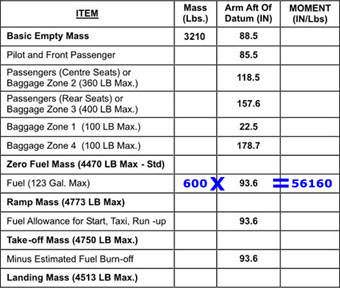 325 lbs.
325 lbs. A flight has to be made with a multi engine piston aeroplane mep 1 for the ?
Question 91-2 : 47 us gallons 470 us gallons 37 us gallons 60 us gallons
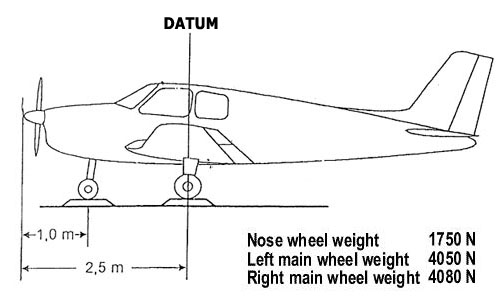 47 us gallons.
47 us gallons. A flight has to be made with the sep for the fuel calculation .allow . 10 lbs ?
Question 91-3 : 359 lbs 336 lbs 364 lbs 348 lbs
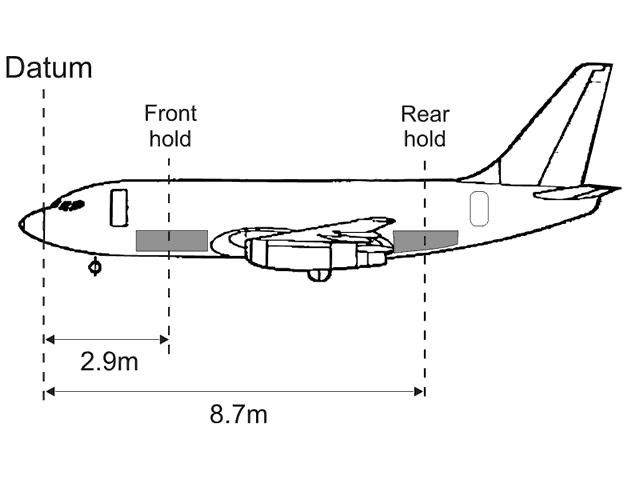 359 lbs.
359 lbs. A flight has to be made with the sep1 for the fuel calculation allow . 10 lbs ?
Question 91-4 : 297 lbs 231 lbs 252 lbs 215 lbs
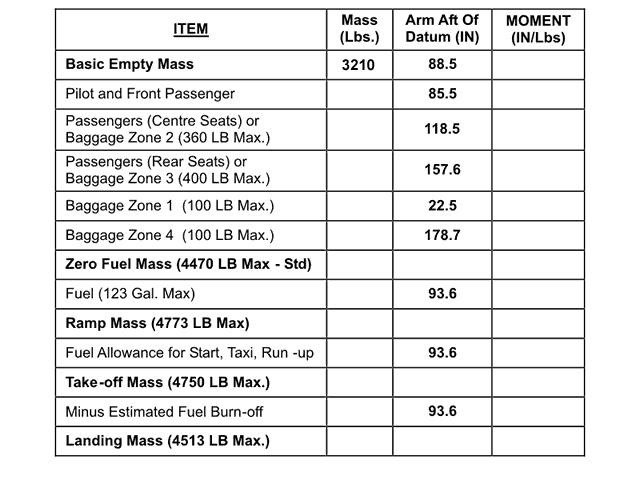 297 lbs.
297 lbs. Given .dry operating mass 33500 kg .traffic load 7600 kg .maximum allowable ?
Question 91-5 : 15900 kg 17300 kg 16300 kg 17100 kg
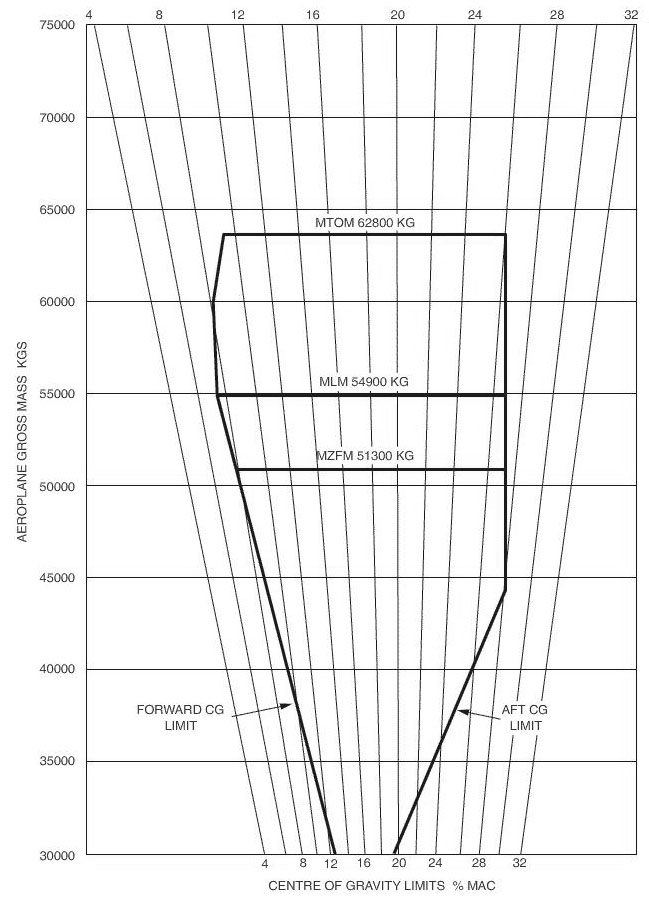 15900 kg.
15900 kg. Given .brake release mass 58 000 kg.temperature isa 15.the fuel required to ?
Question 91-6 : 1150 kg 1250 kg 1350 kg 1450 kg
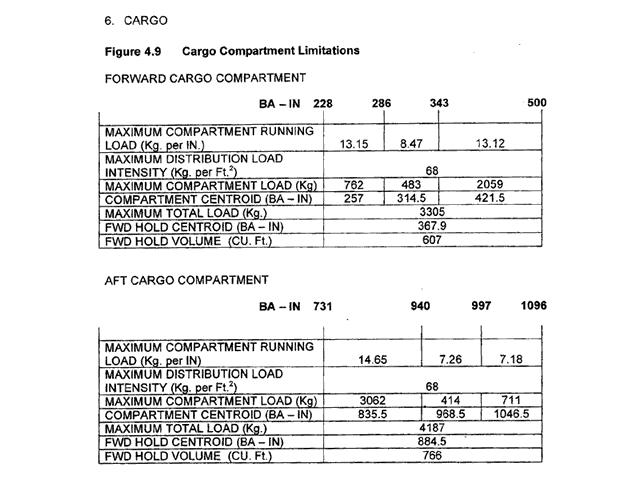 1150 kg.
1150 kg. Given .distance from departure to destination 500 nm.true track 090°.wind ?
Question 91-7 : Distance 283 nm time 131 min distance 217 nm time 100 min distance 250 nm time 88 min distance 382 nm time 176min
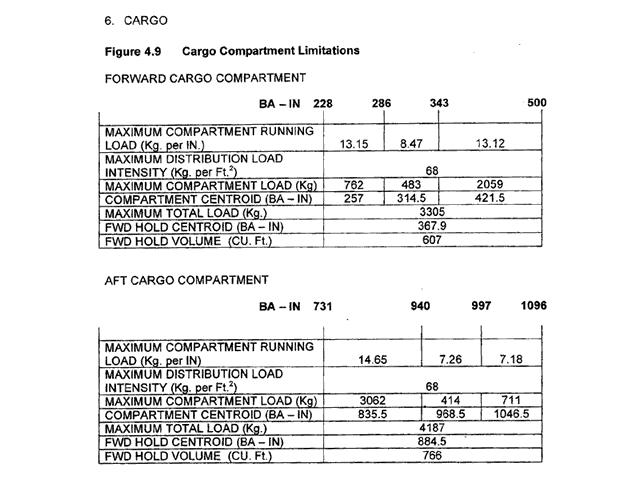 Distance: 283 nm, time: 131 min.
Distance: 283 nm, time: 131 min. Use route manual chart e hi 1.an aircraft has to fly from glasgow 55°52'n ?
Question 91-8 : 1117 kg 978 kg 869 kg 2300 kg
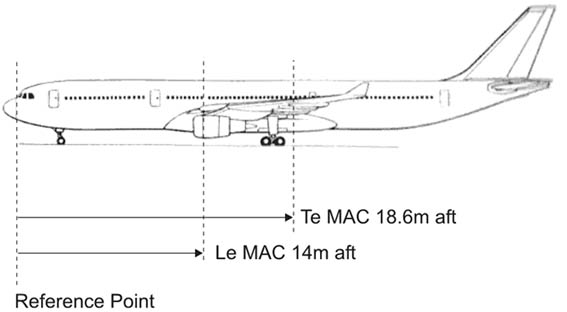 1117 kg.
1117 kg. Given .distance from departure to destination 500 nm.safe endurance 4 h.tas 140 ?
Question 91-9 : Distance 279 nm time 111 min distance 232 nm time 107 min distance 139 nm time 60 min distance 221 nm time 89 min
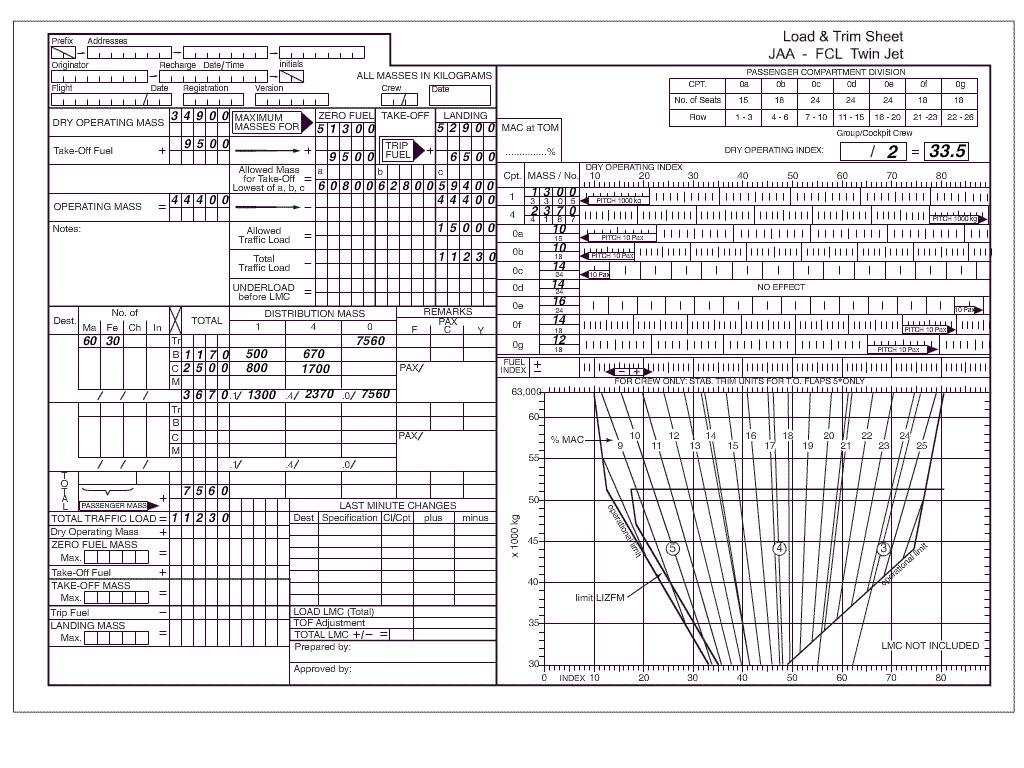 Distance: 279 nm, time: 111 min.
Distance: 279 nm, time: 111 min. On a given path it is possible to chose between four flight levels fl each ?
Question 91-10 : Fl 270 fl 290 fl 330 fl 370
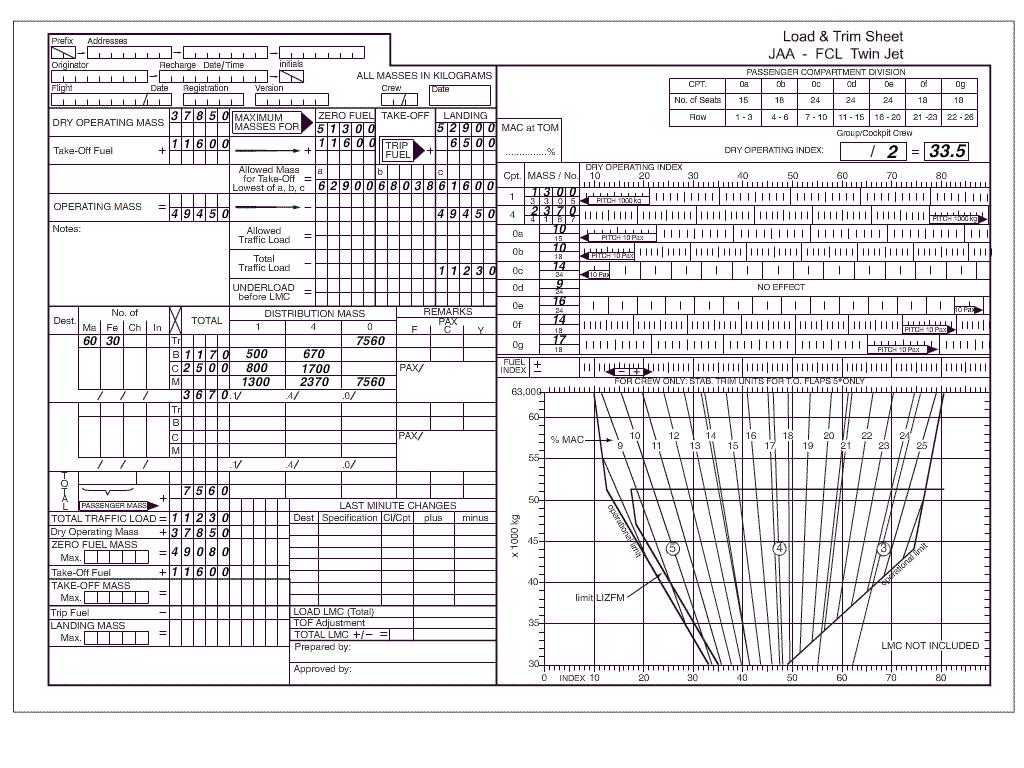 Fl 270.
Fl 270. Given . distance from departure to destination 410 nm. safe endurance 3 6 h. ?
Question 91-11 : 203 nm 169 nm 102 nm 207 nm
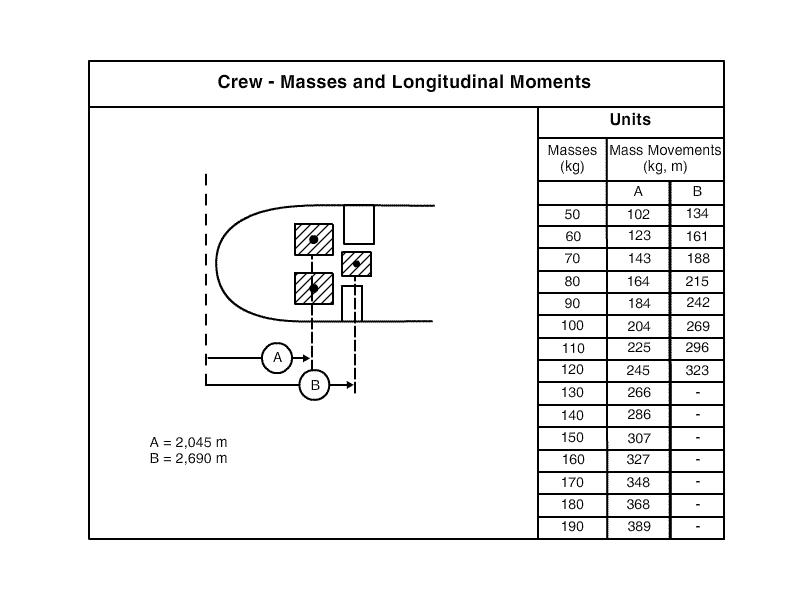 203 nm.
203 nm. The surface weather system over england 53°n 002°w is . err a 033 22 ?
Question 91-12 : An occluded front moving east a depression moving north a warm front moving southeast a cold front moving east
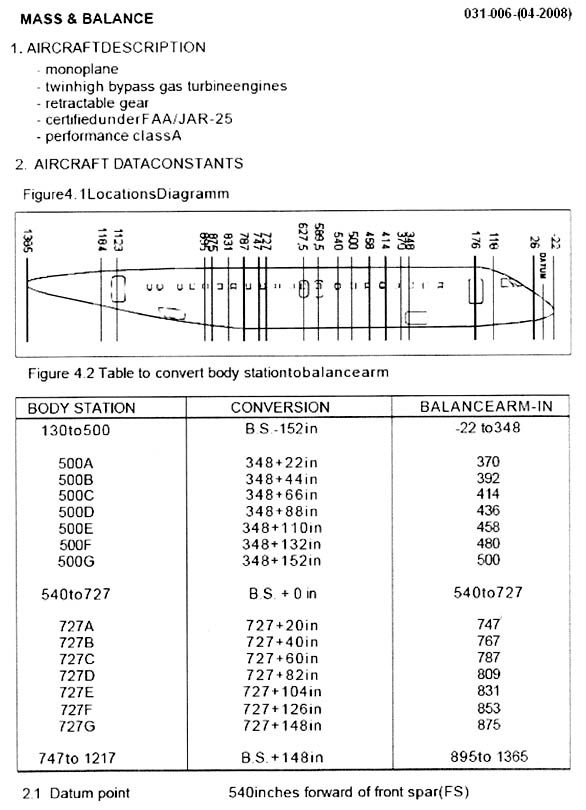 An occluded front moving east.
An occluded front moving east. Which describes the intensity of icing if any at fl 150 in the vicinity of ?
Question 91-13 : Moderate or severe moderate light nil
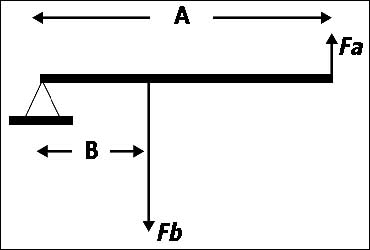 Moderate or severe.
Moderate or severe. Given .distance a to b 2050 nm.mean groundspeed 'on' 440 kt.mean groundspeed ?
Question 91-14 : 1130 nm 1025 nm 920 nm 1153 nm
Which is the heaviest type of precipitation if any forecast for ?
Question 91-15 : Light rain rain showers heavy rain associated with thunderstorms nil
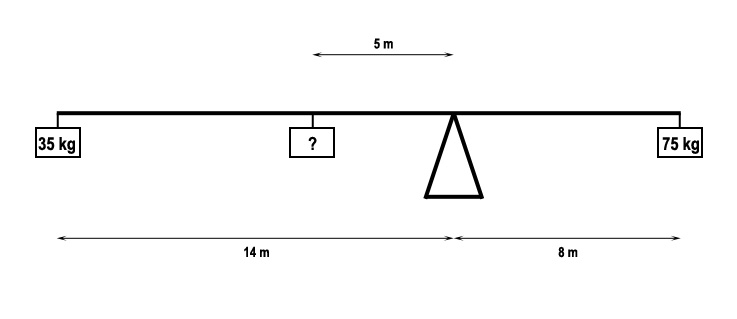 Light rain.
Light rain. Given .distance from departure to destination 315 nm.true track 343°.w/v ?
Question 91-16 : 176 nm 139 nm 167 nm 148 nm
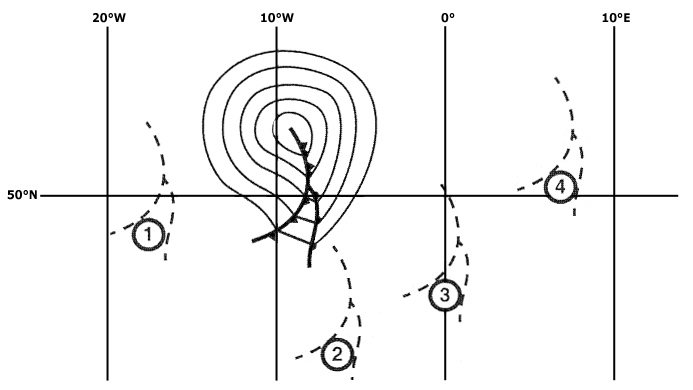 176 nm.
176 nm. What lowest cloud conditions oktas/ft are forecast for johannesburg/jan smuts ?
Question 91-17 : 5 to 7 at 400 ft 3 to 4 at 800 ft 5 to 7 at 800 ft 3 to 4 at 400 ft
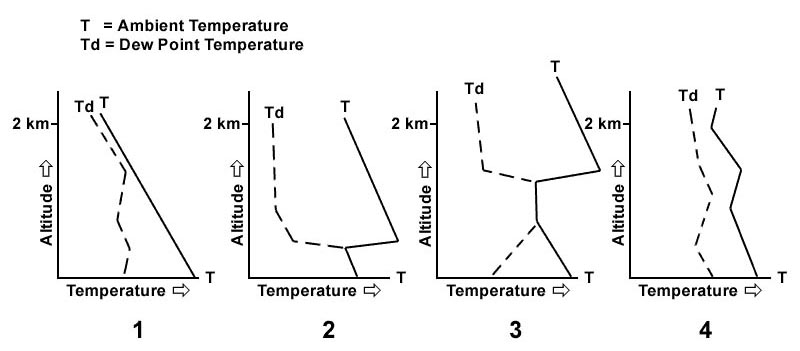 5 to 7 at 400 ft.
5 to 7 at 400 ft. Given .distance from departure to destination 210 nm.safe endurance 2 5 h.true ?
Question 91-18 : 127 nm 88 nm 64 nm 172 nm
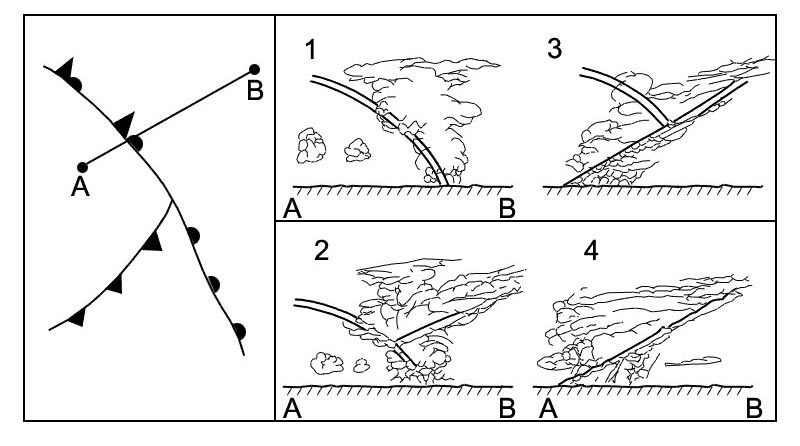 127 nm.
127 nm. Given the following .d = flight distance.x = distance to point of equal ?
Question 91-19 : X = d x gsr / gso + gsr x = d x gso / gso + gsr x = d/2 x gso / gso + gsr x = d/2 x gsr / gso + gsr
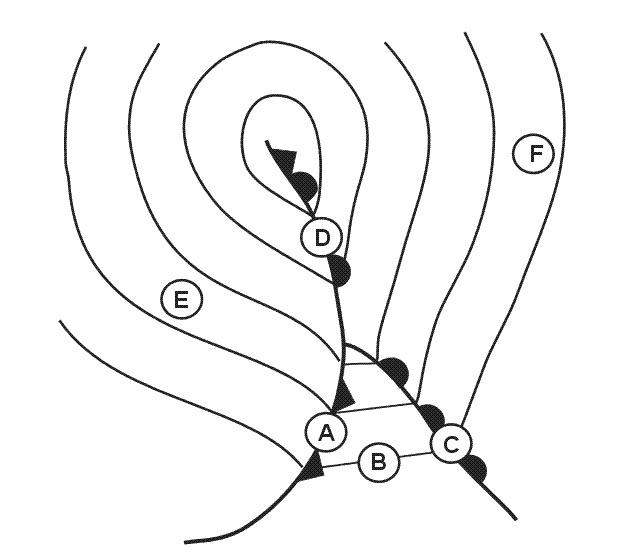 X = d x gsr / (gso + gsr).
X = d x gsr / (gso + gsr). The flight crew of a turbojet aeroplane prepares a flight using the following ?
Question 91-20 : The fuel transport operation is not recommended in this case 10 000 kg 5 000 kg 8 000 kg
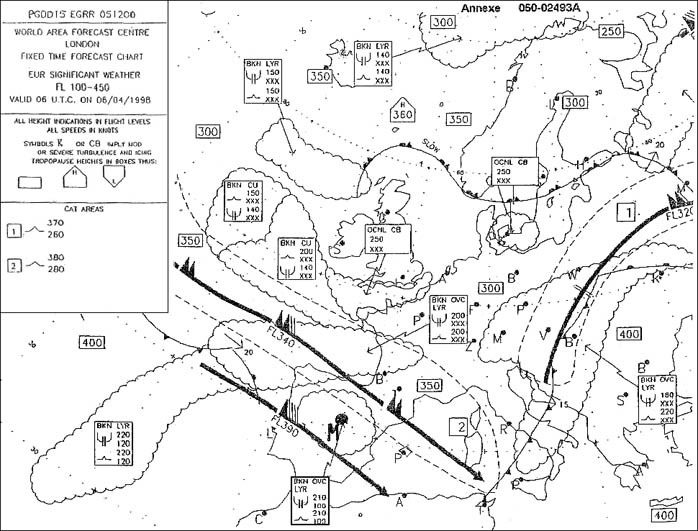 The fuel transport operation is not recommended in this case.
The fuel transport operation is not recommended in this case. From which of the following would you expect to find information regarding ?
Question 91-21 : Notam aip sigmet atc broadcasts
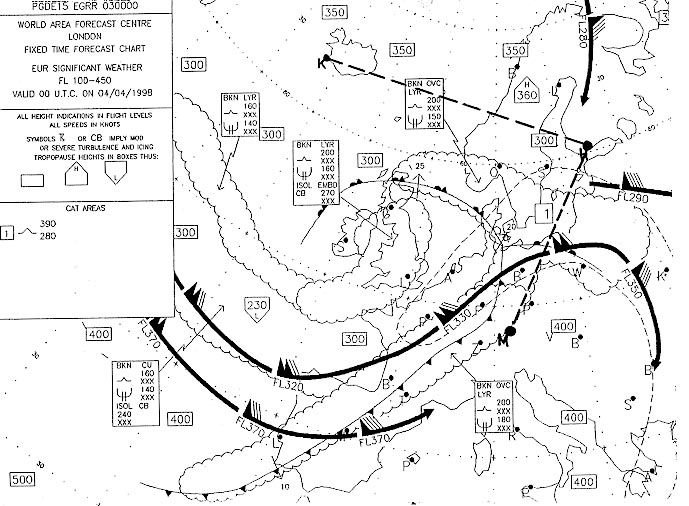 Notam.
Notam. The wind velocity over italy is . err a 033 54 ?
Question 91-22 : A maximum of 110 kt at fl380 130 kt at fl380 maximum velocity not shown on chart a maximum of 160 kt at fl 380 110 kt at fl380 maximum velocity not shown on chart
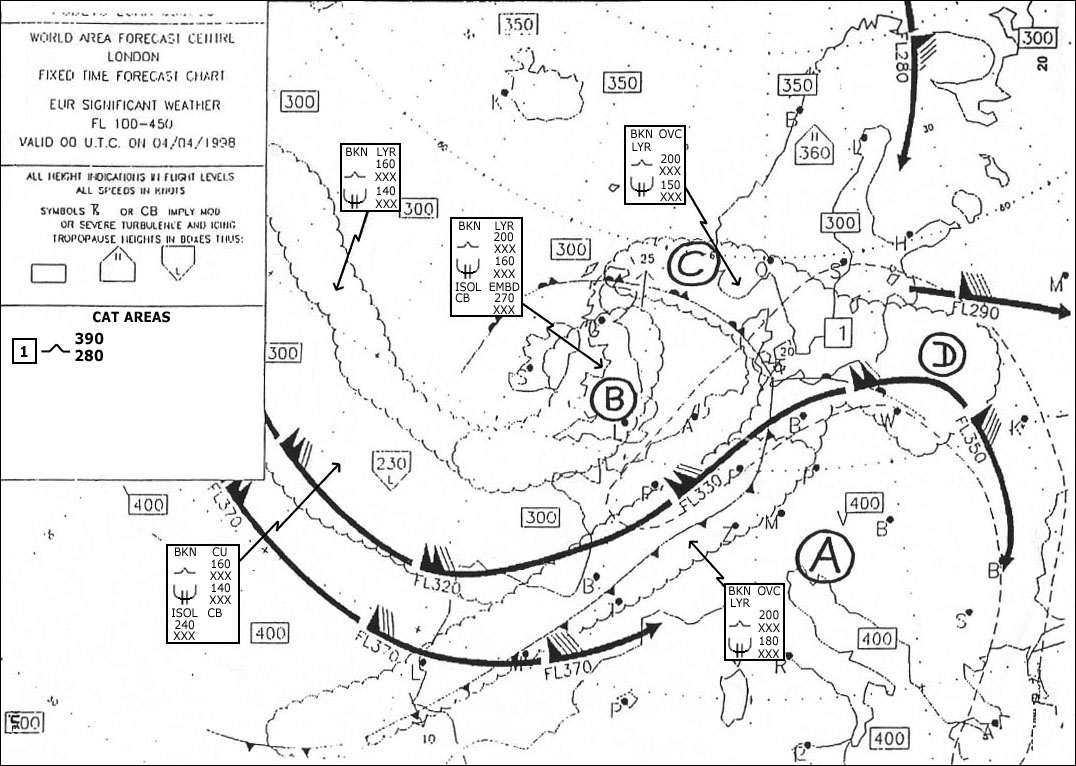 A maximum of 110 kt at fl380.
A maximum of 110 kt at fl380. Assuming the following data .ground distance to be covered 2 000 nm.cruise ?
Question 91-23 : 4 h 43 min 4 h 26 min 5 h 02 min 4 h 10 min
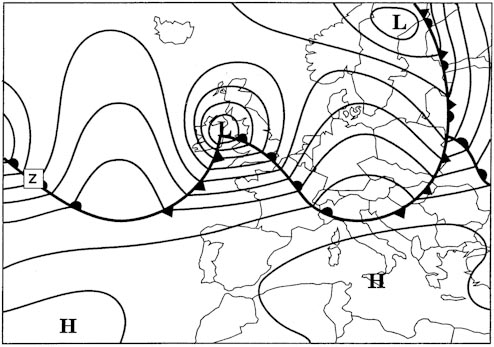 4 h 43 min.
4 h 43 min. When calculating the fuel required to carry out a given flight one must take ?
Question 91-24 : 1 2 3 4 1 3 2 4 1 2 3
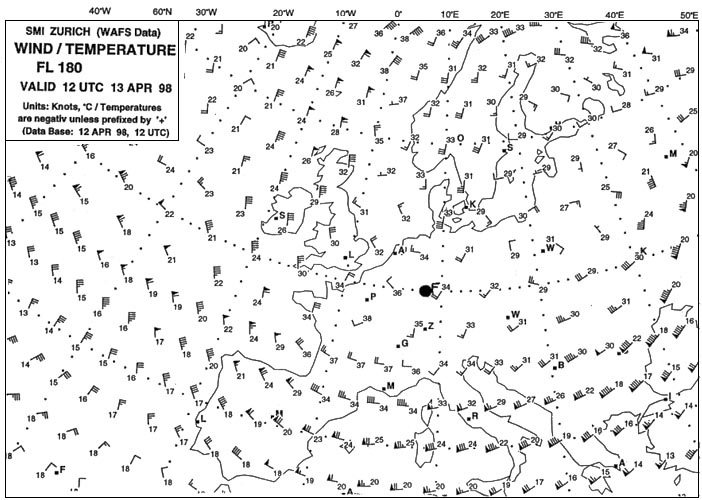 1, 2, 3, 4.
1, 2, 3, 4. Which of the following flight levels if any is forecast to be clear of ?
Question 91-25 : Fl250 fl210 fl290 none
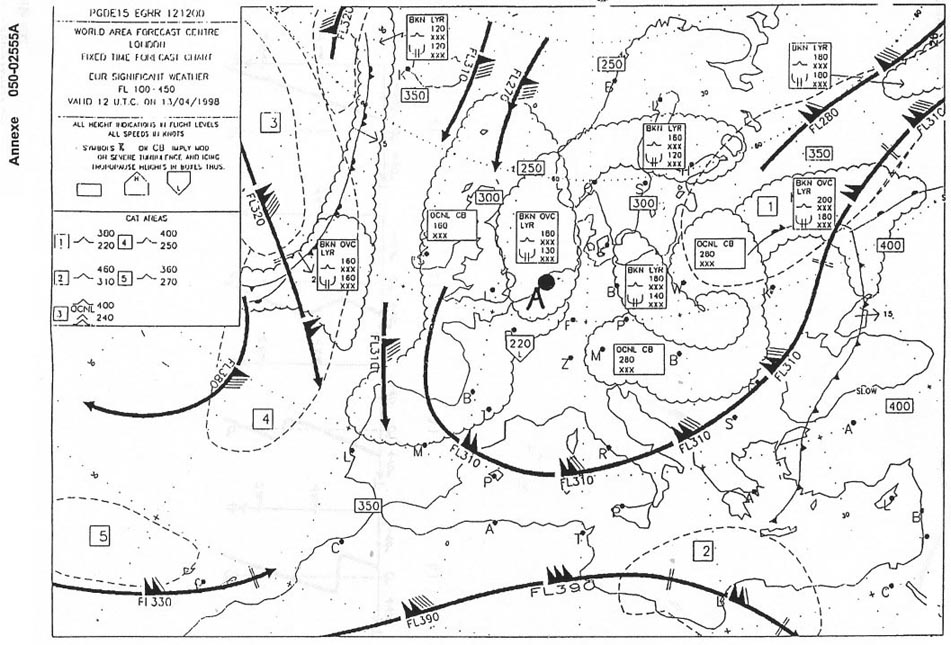 Fl250.
Fl250. Given .distance from departure to destination 215 nm.safe endurance 3 3 h.true ?
Question 91-26 : 205 nm 112 nm 103 nm 9 nm
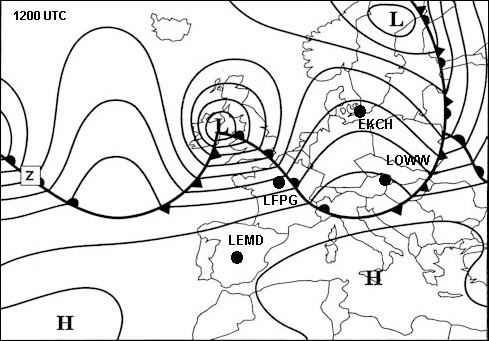 205 nm.
205 nm. Given .distance from departure to destination 200 nm.safe endurance 3 h.tas 130 ?
Question 91-27 : 190 nm 85 nm 95 nm 10 nm
 190 nm.
190 nm. What minimum visibility m is forecast for 0600 utc at london lhr egll . err a ?
Question 91-28 : 1500 m 2200 m 5000 m 10000 m
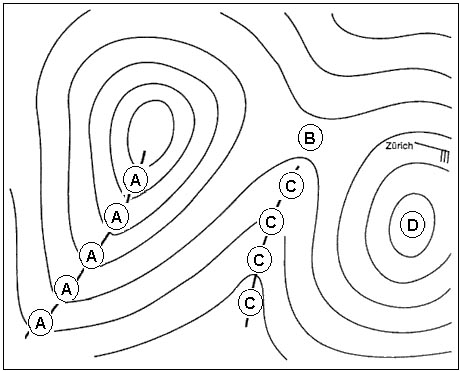 1500 m.
1500 m. Excluding rvsm an appropriate flight level for ifr flight in accordance with ?
Question 91-29 : Fl100 fl90 fl95 fl105
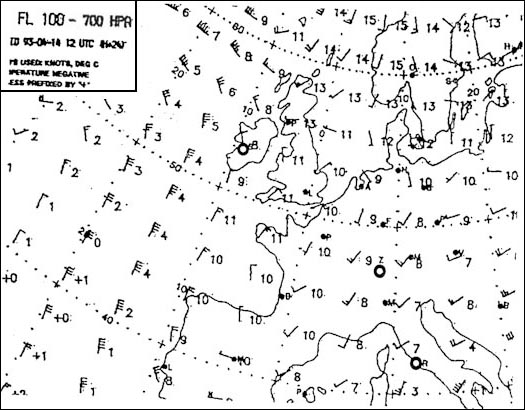 Fl100.
Fl100. Given .distance from departure to destination 400 nm.safe endurance 2 5 h.tas ?
Question 91-30 : 145 nm 179 nm 73 nm 255 nm
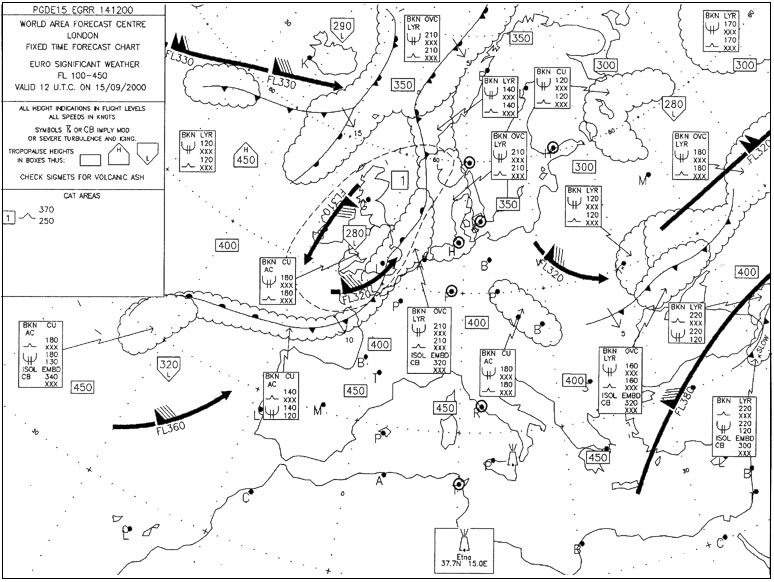 145 nm.
145 nm. Given .distance from departure to destination 300 nm.safe endurance 4 h.tas 110 ?
Question 91-31 : 218 nm 136 nm 109 nm 82 nm
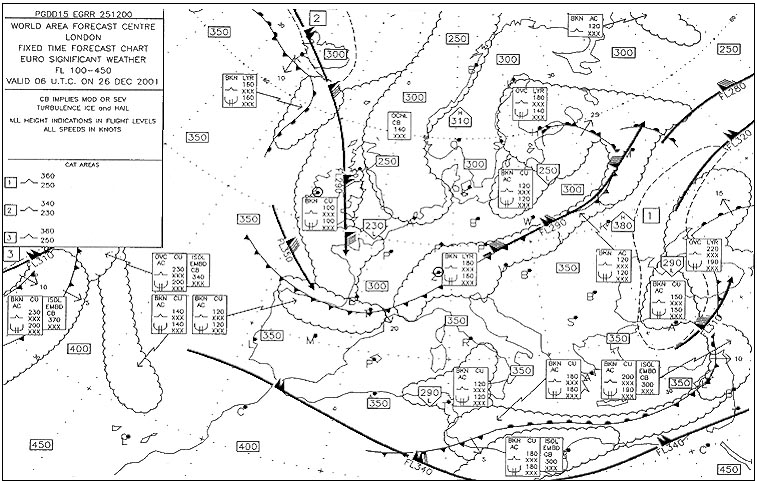 218 nm.
218 nm. What is the mean temperature deviation °c from the isa over 50°n 010°w . err ?
Question 91-32 : 2°c +2°c +9°c +13°c
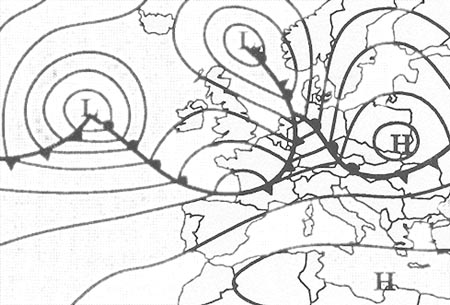 -2°c.
-2°c. Given .distance from departure to destination 4630 nm.safe endurance 12 4 ?
Question 91-33 : 3211 nm 1966 nm 6106 nm 1419 nm
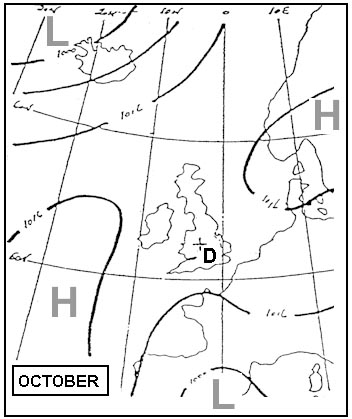 3211 nm.
3211 nm. Given .distance from departure to destination 1100 nm.true track 280°.w/v ?
Question 91-34 : Distance 450 nm time 52 min distance 650 nm time 108 min distance 650 nm time 75 min distance 550 nm time 75 min
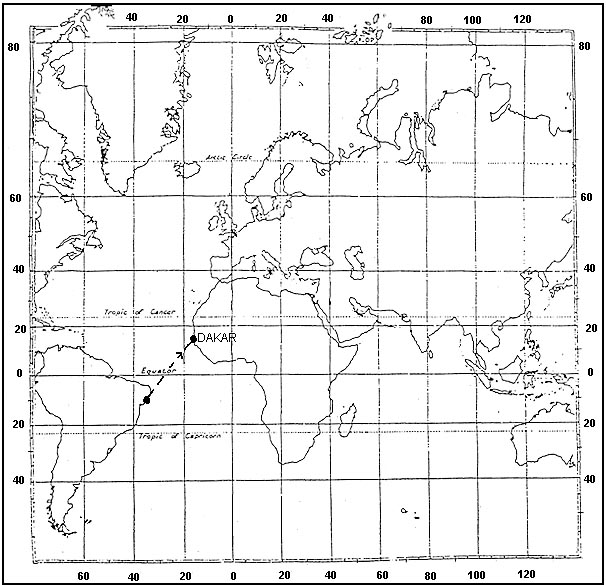 Distance: 450 nm, time: 52 min.
Distance: 450 nm, time: 52 min. Given .distance from departure to destination 150 nm.safe endurance 3 2 h.tas ?
Question 91-35 : Distance 142 nm time 85 min distance 67 nm time 50 min distance 71 nm time 47 min distance 8 nm time 5 min
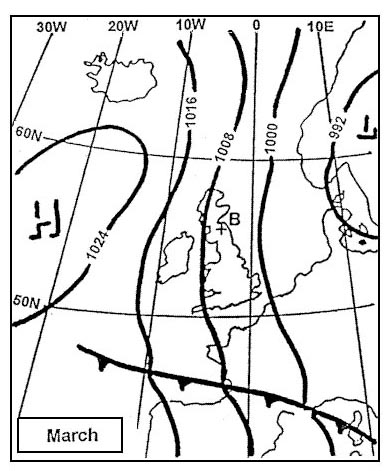 Distance: 142 nm, time: 85 min.
Distance: 142 nm, time: 85 min. Given .distance from departure to destination 270 nm.true track 030.w/v ?
Question 91-36 : Distance 135 nm time 68 min distance 141 nm time 65 min distance 130 nm time 68 min distance 141 nm time 68 min
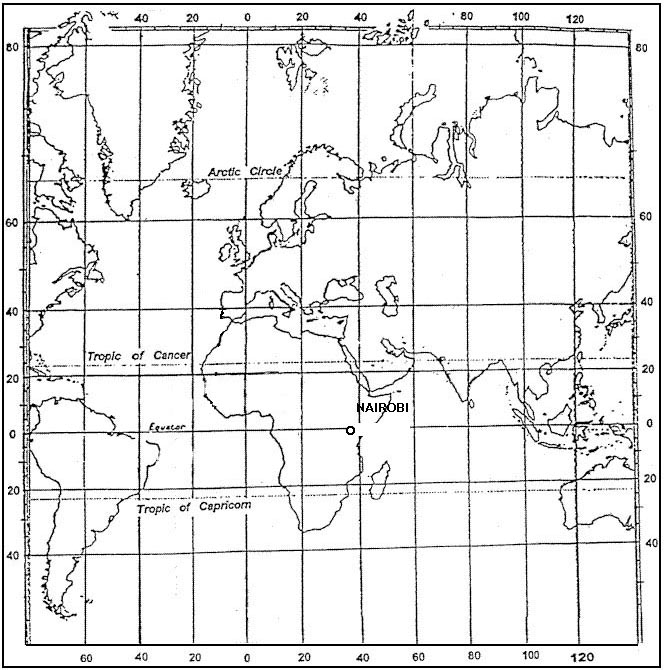 Distance: 135 nm, time: 68 min.
Distance: 135 nm, time: 68 min. At reference or see flight planning manual sep 1 figure 2 5 .given .fl 75.lean ?
Question 91-37 : 05 hours 12 minutes 05 hours 20 minutes 04 hours 42 minutes 05 hours 23 minutes
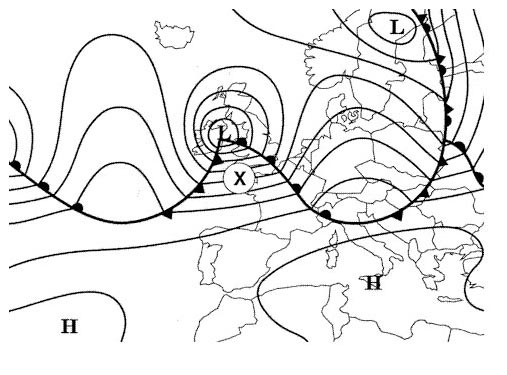 05 hours 12 minutes.
05 hours 12 minutes. From which of the following would you expect to find facilitation information ?
Question 91-38 : Aip nav/rad charts atcc notam
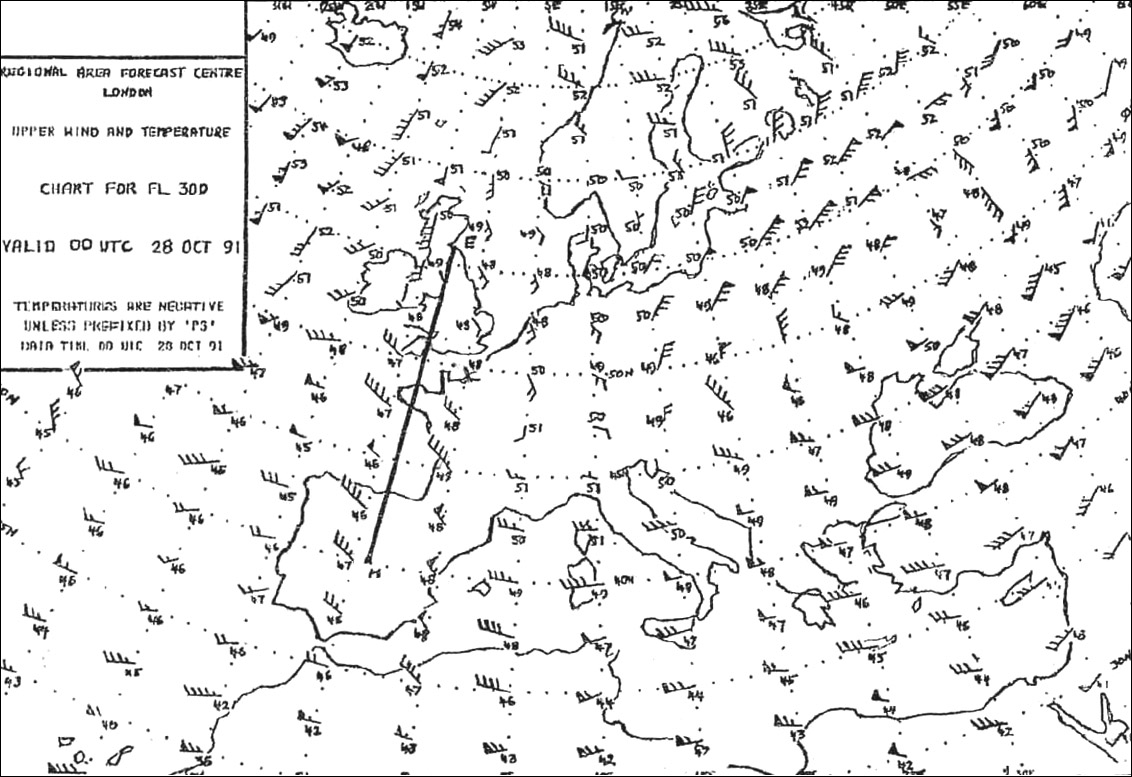 Aip.
Aip. An aircraft flies at a tas of 380 kt it flies from a to b and back to a ?
Question 91-39 : 2 h 35 min 3 h 00 min 2 h 10 min 2 h 32 min
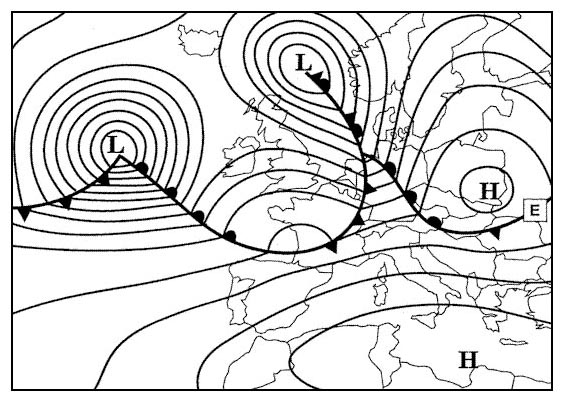 2 h 35 min.
2 h 35 min. Given .distance from departure to destination 350 nm.true track 320.w/v ?
Question 91-40 : Distance 210 nm time 121 min distance 139 nm time 54 min distance 123 nm time 74 min distance 139 nm time 81 min
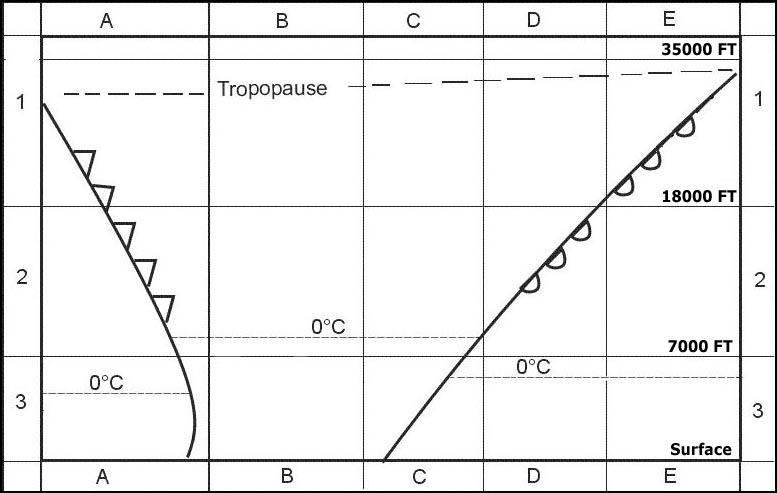 Distance: 210 nm, time: 121 min.
Distance: 210 nm, time: 121 min. ~
Exclusive rights reserved. Reproduction prohibited under penalty of prosecution.
3599 Free Training Exam
